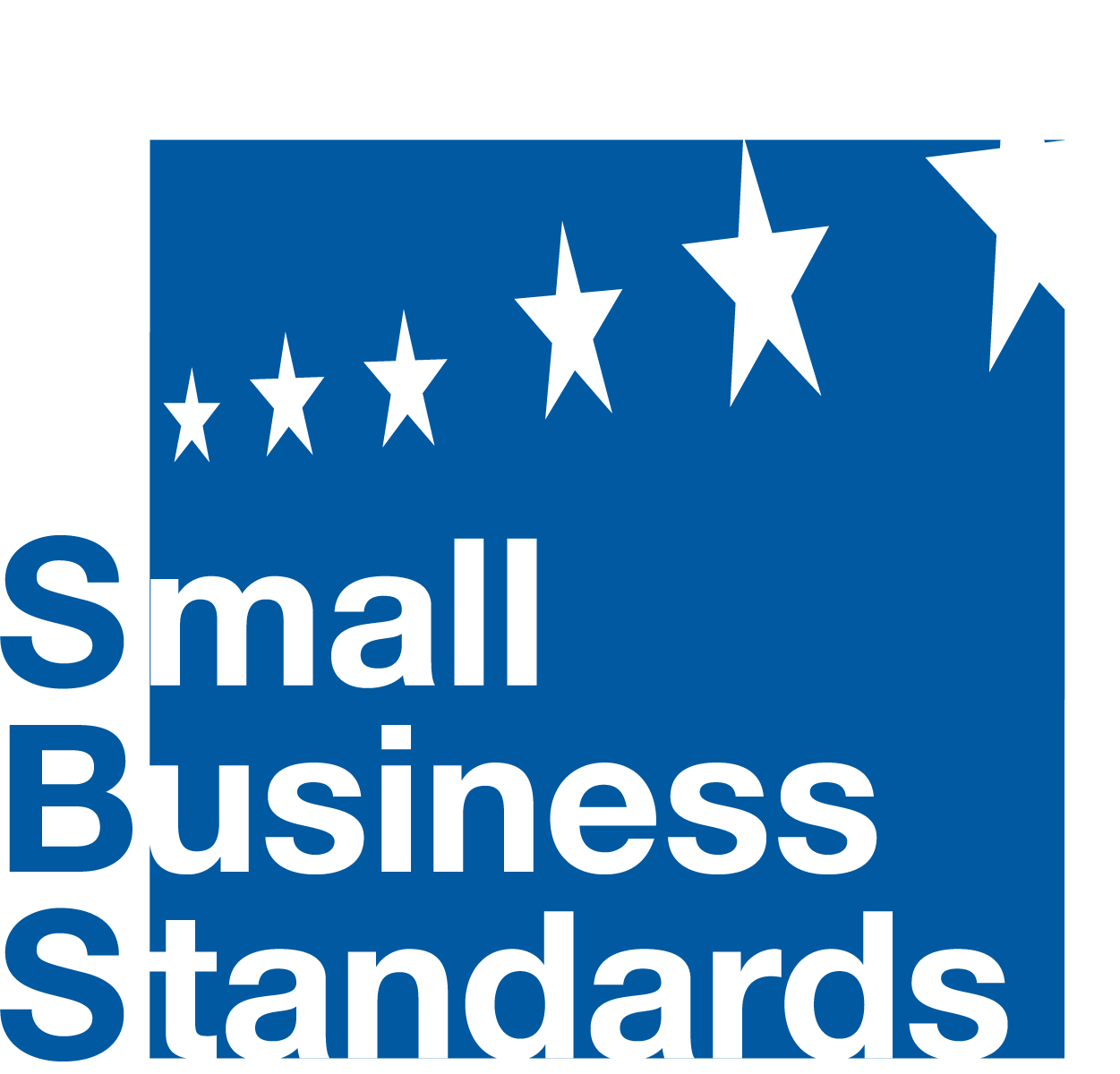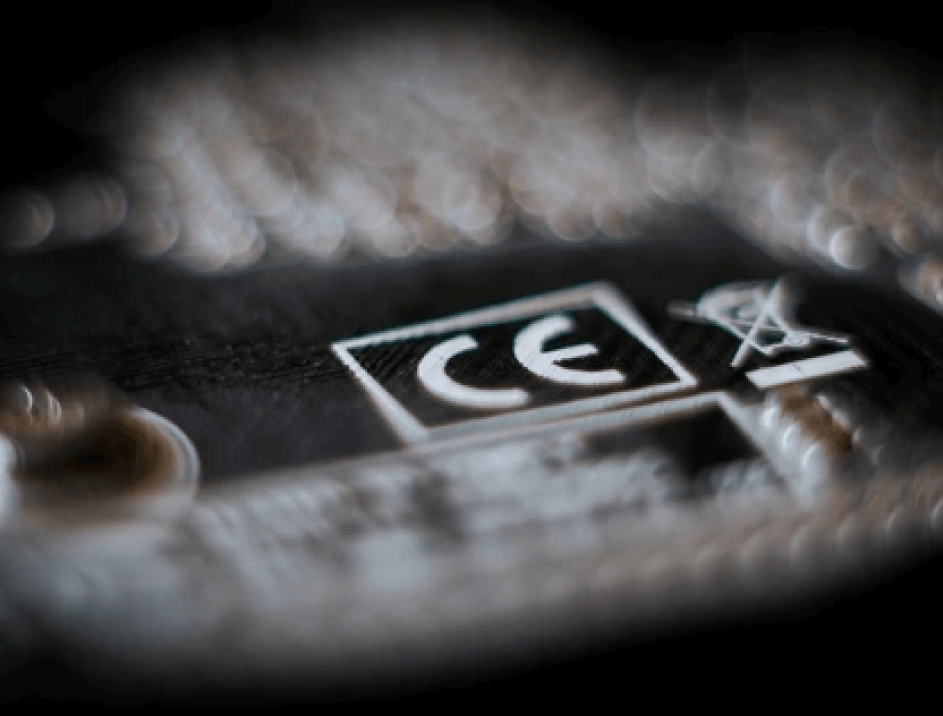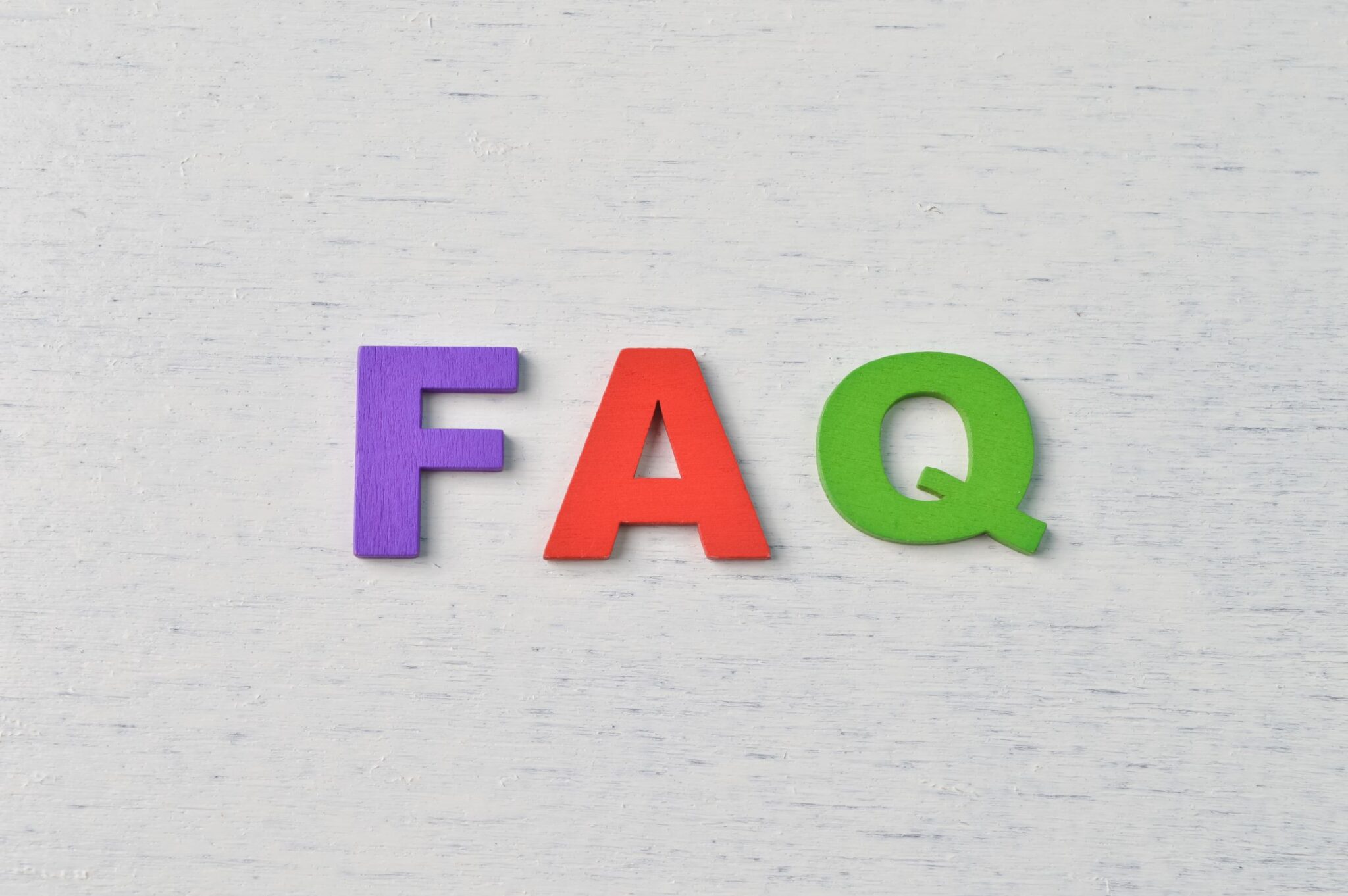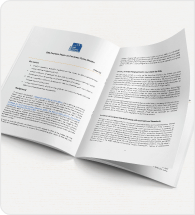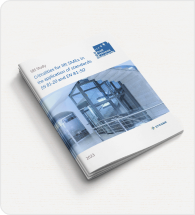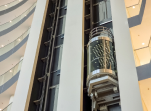Wooden windows and doors are manufactured from components, in particular the following: solid wood, coating material (organic solvent- or water-based paints, lasures or varnishes),
glass, sealants and fittings. The same coatings are also used on decorative wooden products, such as skirting boards and timber cladding. One of the major source of release (emission or
leaching) or content of any dangerous substances (DSs) is the coating applied. The wooden window and door manufacturing sector, and decorative timber sector, include a large
number of micro enterprises.
Wooden product manufacturers should be able to use the option to declare emissions of DSs based either upon the emission from or content of DSs in components. However, paints,
lasures and varnishes are not mandated under the CPR. Thus the paint/ lasure/varnish producers do not have the obligation to issue DoPs for their products, which means no need
for them to declare the release and/or content levels of DSs from and/or in their products in ways which can be used for DS emission into indoor air.
Although coating manufacturers have an obligation to declare content according to REACH, there is currently no method to calculate release rates based on content. Because the CPR
requires assessment of release, REACH information does not help (although zero content of a particular DS means that it cannot be released).
The lack of a mandate on paints/lasures/varnishes means that there is no legal obligation on their manufacturers to declare DS release rate or content levels. If their manufacturers refuse
to offer this information voluntarily, it leads to the situation where all wooden product manufacturers have to test their coated windows for emission of DSs, in order for them to
be able to affix the CE marking under the CPR.
This leads to enormous waste of energy, time and money. Instead of one test performed by the coating manufacturer, the numerous micro enterprises all over Europe (without having
any contact to each other, and missing the ability to share their results) have to test the same coating for themselves. For the coating manufacturer this would be one single test per paint,
lasure or varnish produced.
By sharing the test results, all wooden product manufacturers would be able to declare emission from their coated windows based on just one test performed by the coating
manufacturer. One test performed by the coating manufacturer and then shared with all wooden product manufacturers would avoid the need for thousands of manufacturers to ask
individually for the same test all over Europe, saving a lot of money.
For these reasons, SBS proposes that
The possibility of bringing paints and varnishes within the scope of the CPR needs to be considered. This would require paint, lasure and varnish manufacturers to declare content
and release rates of dangerous substances, saving money not only for wooden product manufacturers but also for manufacturers of any coated timber products.
Further information on the subject raised in this document can be obtained from the SBS
Secretariat at info@sbs-sme.eu.
